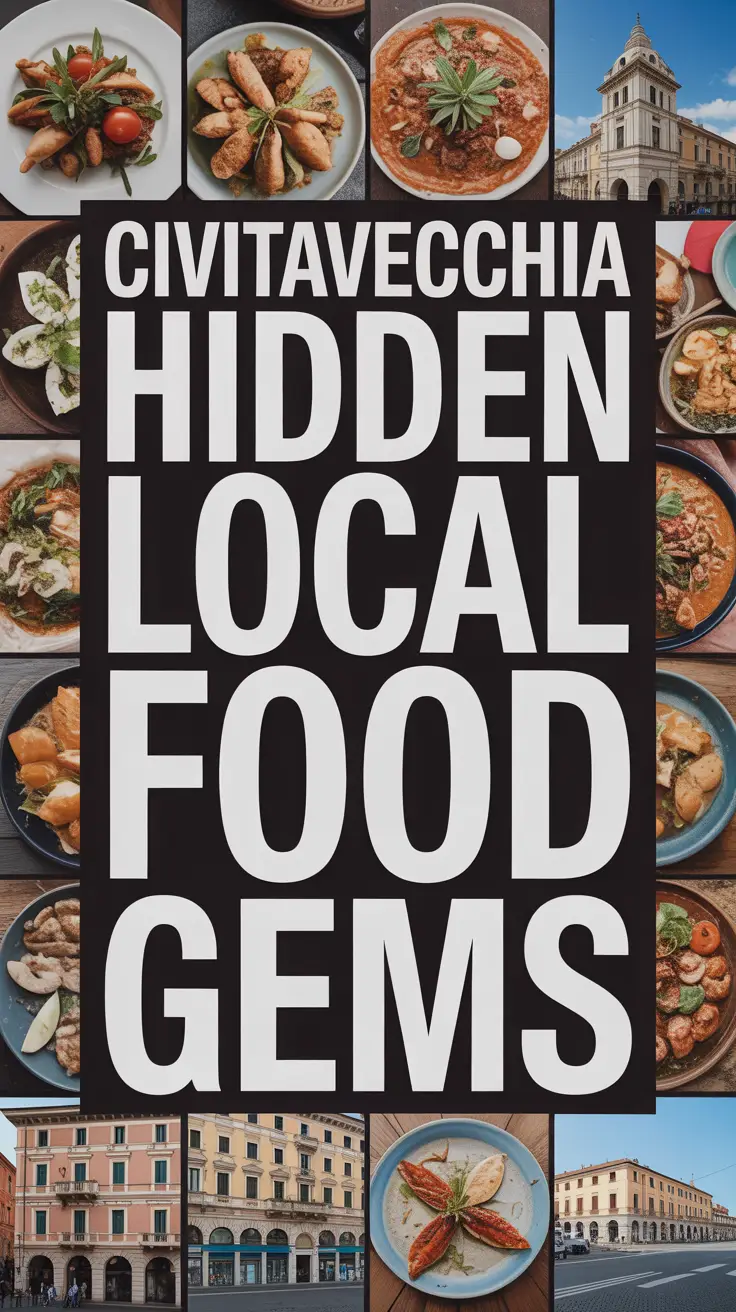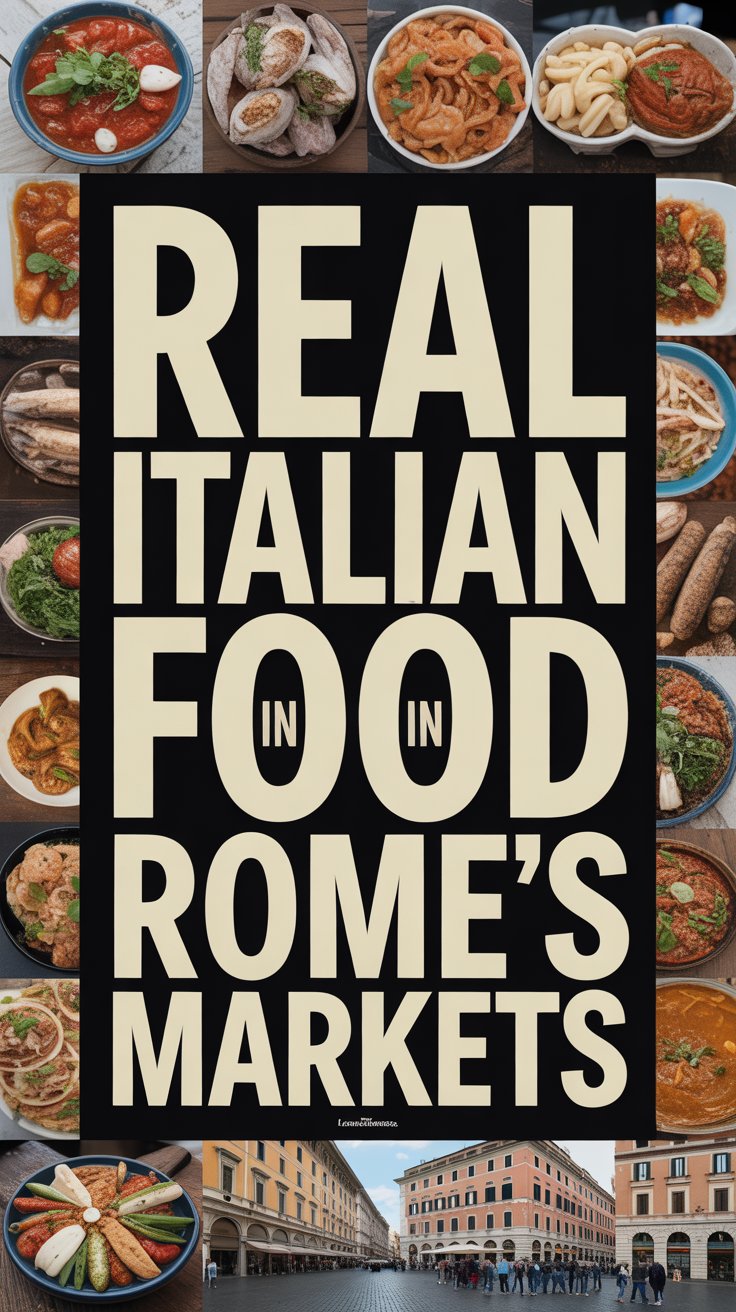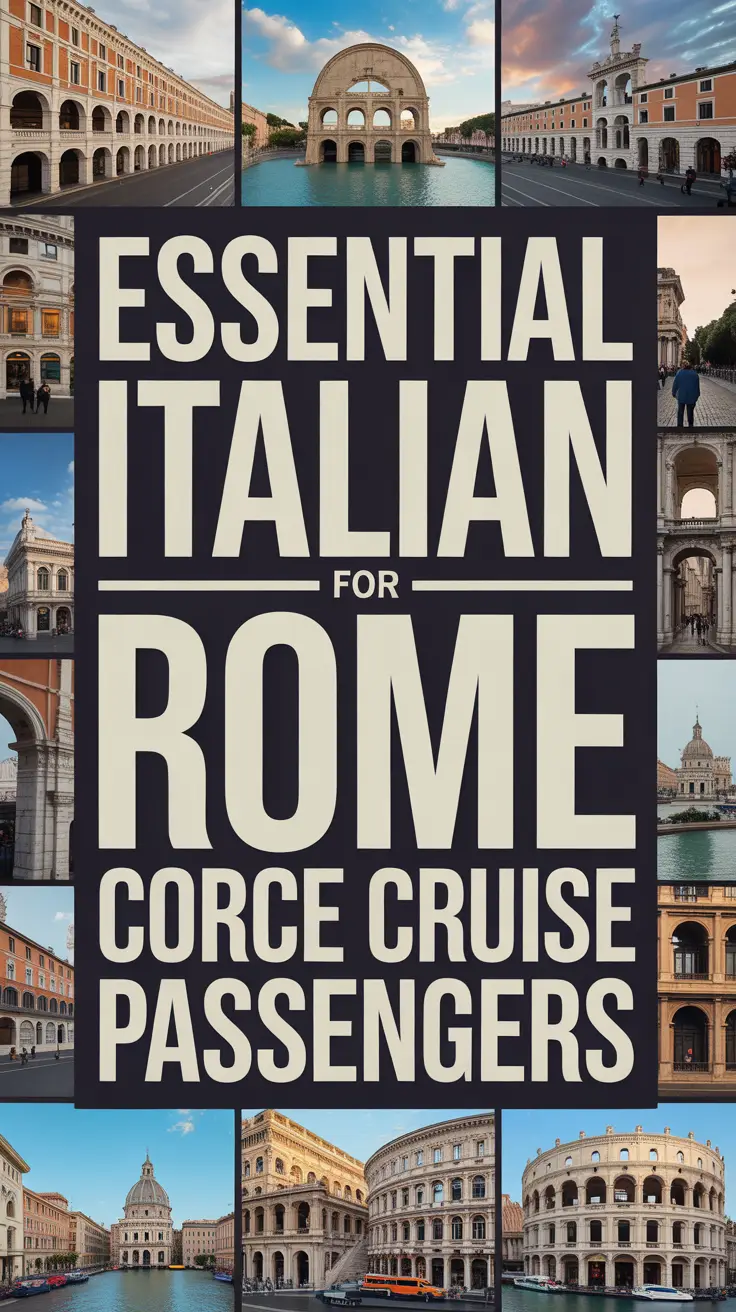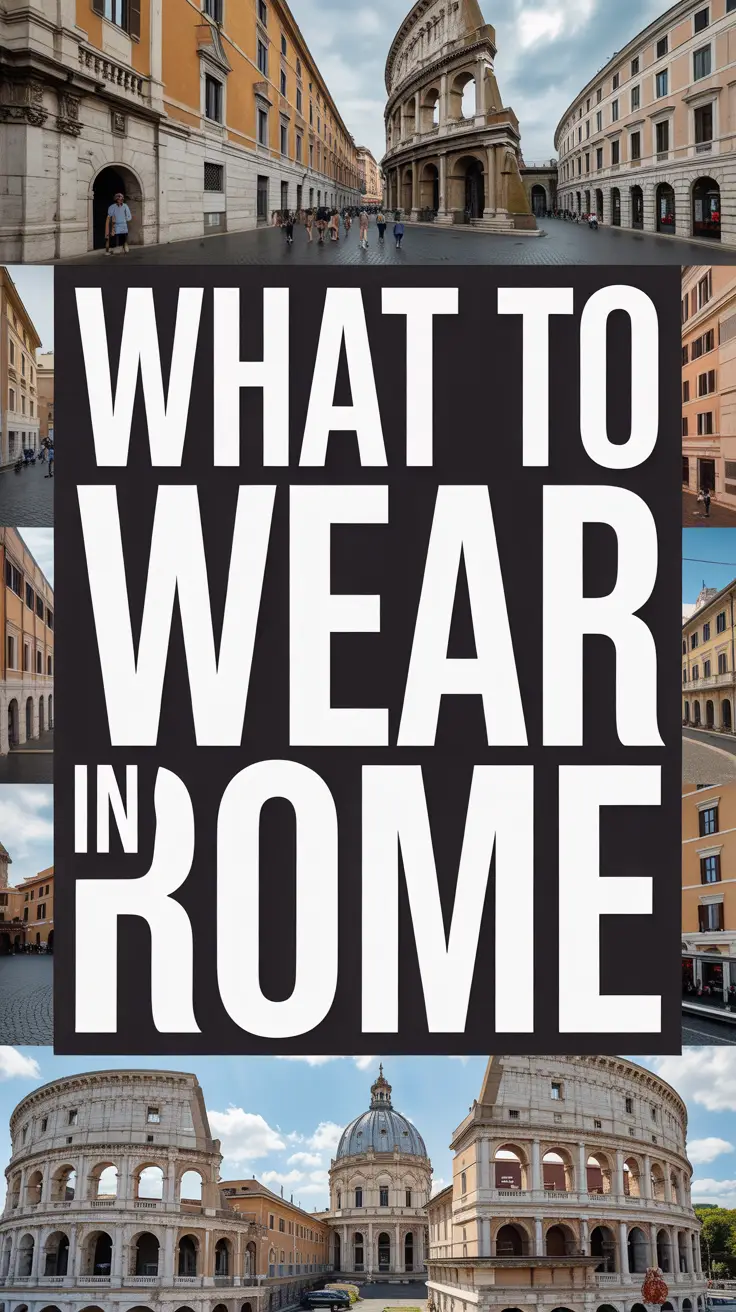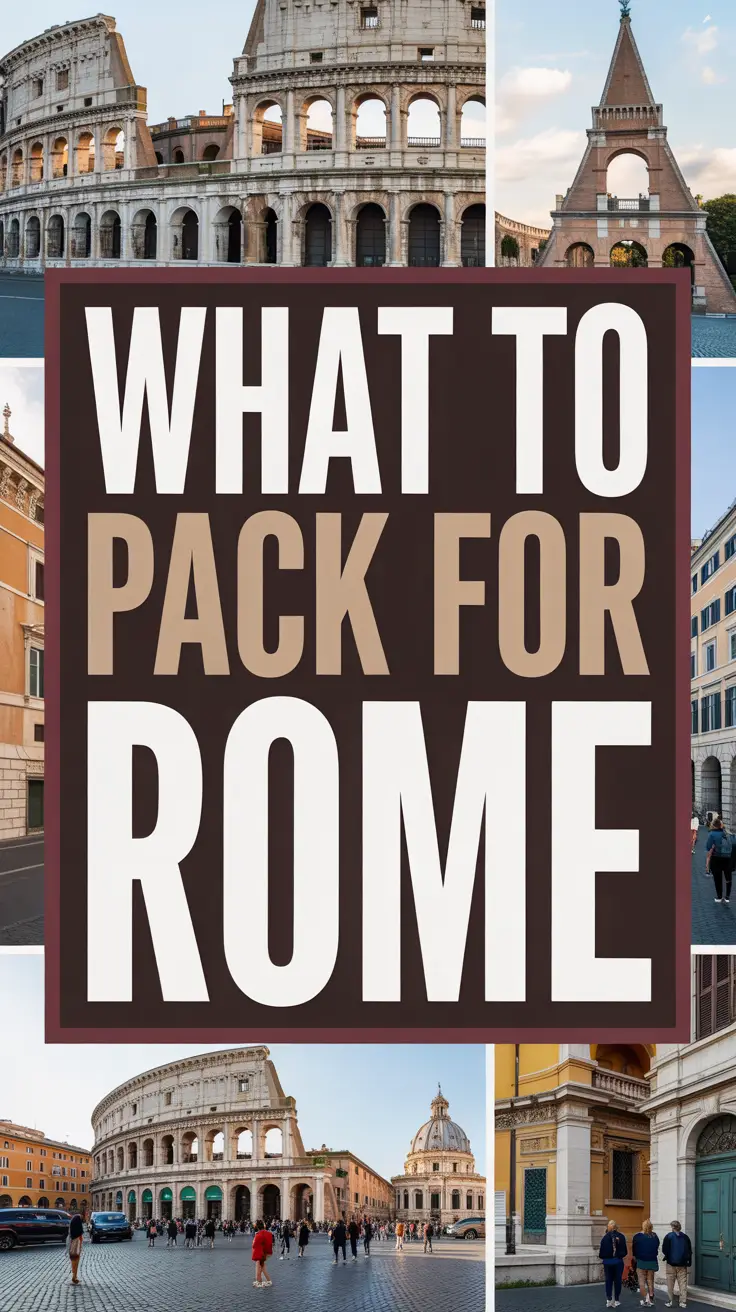Most cruise passengers stumble off their ships in Civitavecchia and either grab a quick bite at the first restaurant they see or dash straight to Rome without realizing they’re missing some of Italy’s most authentic culinary gems. After countless visits to this historic port town, I’ve discovered that the real treasures aren’t hiding in plain sight – they’re tucked away where locals actually eat.
The Local Food Scene That Cruise Guides Don’t Tell You About
Civitavecchia isn’t just Rome’s gateway to the sea – it’s a working port town with a food culture that’s refreshingly unpretentious. The locals here eat simple, honest food that reflects both their maritime heritage and Roman proximity. You won’t find tourist menus in four languages, but you will find pasta dishes that haven’t changed in generations.
The secret lies in understanding that Civitavecchia operates on two schedules: tourist time and local time. Smart cruise passengers learn to eat when the locals eat, not when their stomachs think it’s lunchtime back home.
Where Locals Actually Eat (And Why You Should Too)
The Morning Coffee Culture
Italians take their morning coffee seriously, and Civitavecchia is no exception. Skip the ship’s coffee and head to these local favorites:
- Bar Centrale – Located on Corso Centocelle, this unassuming bar serves espresso that puts cruise ship coffee to shame
- Pasticceria Bompiani – Their cornetti (Italian croissants) are made fresh every morning and disappear by 10 AM
- Bar Roma – A true neighborhood spot where dock workers grab their pre-shift caffeine fix
Insider tip: Order your coffee standing at the bar like locals do. Sitting down often doubles the price, and you’ll immediately mark yourself as a tourist.
Lunch Like a Local
The best local food appears during the sacred Italian lunch hour (1-3 PM), when many tourist spots are still serving yesterday’s reheated pasta.
| Restaurant | Specialty | Local Secret |
|---|---|---|
| Trattoria da Valentino | Fresh seafood | Ask for whatever fish came in that morning |
| Osteria del Borgo | Roman-style pasta | Their cacio e pepe is made tableside |
| Il Ghiottone | Local antipasti | The owner’s wife makes all the preserves |
The Dishes You Can’t Get Anywhere Else
Spaghetti alle Vongole Veraci
This isn’t your typical tourist clam pasta. Local restaurants use tiny, sweet clams harvested from the waters right outside the port. The pasta water is often supplemented with a splash of the same seawater the clams lived in – a technique that would horrify health inspectors but creates an oceanic depth of flavor.
Maritozzi
These sweet buns filled with whipped cream might sound simple, but Civitavecchia’s version includes a hint of orange zest that reflects the town’s historical spice trade connections. You’ll find the best ones at small panifici (bread shops) rather than fancy pastry shops.
Brodetto di Pesce
The local fish stew varies daily based on what the fishing boats bring in. It’s hearty, unpretentious, and tells the story of Civitavecchia’s maritime soul in every spoonful.
Navigating the Challenges
Eating like a local in Civitavecchia isn’t without its hurdles. Many authentic spots don’t accept credit cards, close unexpectedly for family events, or have menus written entirely in dialect. The language barrier can be significant, but it’s also part of the charm.
Some restaurants close between 3-7 PM, which can catch cruise passengers off guard. The best strategy is to plan your eating schedule around Italian customs, not your cruise ship’s dining hours.
As Marco Benedetti, Harbor Master at Port of Civitavecchia, told me: “The cruise passengers who take time to eat where our families eat, they leave understanding that Civitavecchia is not just a place to pass through, but a place with its own soul and flavor.”
Bonus Tips That Will Make You Look Like a Pro
- Timing is everything: Arrive at restaurants right when they open to get the best selection
- Cash is king: Bring euros in small bills; many local spots don’t accept cards
- Learn three magic words: “Cosa consigliate?” (What do you recommend?) works better than pointing at menus
- Follow the workers: Port workers and municipal employees know where to find the best value lunches
- Bring your own water: Authentic local spots might not offer bottled water, but tap water is perfectly safe
- Don’t rush: Meals are social events; allowing extra time shows respect for local customs
The Street Food Scene
Civitavecchia’s street food isn’t as famous as Rome’s, but it’s arguably more authentic. Look for:
- Porchetta sandwiches from mobile vendors near the port entrance
- Supplì (fried rice balls) at local bars during aperitivo hour
- Fresh fruit from the small market on Via Braccianese Claudia
Common Questions
Do I need reservations at local restaurants?
For lunch, usually not. But if you’re planning dinner before heading back to your ship, calling ahead is smart. Many local spots have limited seating and don’t expect cruise passengers for evening meals.
How much should I budget for a local meal?
A genuine local lunch can cost €15-25 per person, including wine. That’s often less than what you’d pay for mediocre tourist food, and the quality difference is remarkable.
What if I have dietary restrictions?
Local restaurants are generally accommodating, but communication is key. Write down your restrictions in Italian, or use a translation app. Seafood allergies are well understood in a port town.
Can I walk to these places from the cruise terminal?
Most authentic local spots are within a 15-20 minute walk from the port. The walk itself is part of the experience – you’ll see how locals actually live in this working town. If you’re planning to do more exploring, consider investing in comfortable walking shoes that can handle the cobblestone streets and help you navigate the town like a local. For those who want to capture the authentic dining experience, a quality travel camera will help document these hidden culinary gems.
The real magic of eating in Civitavecchia isn’t just in the food – it’s in the momentary connection to a community that most cruise passengers never experience. You’ll taste not just authentic Italian flavors, but the pride of a port town that’s been feeding travelers for over two millennia. When you return to your ship, you’ll carry with you not just a satisfied stomach, but the knowledge that you’ve touched something genuine in an increasingly packaged world. If you’re looking for more Mediterranean cruise ports in Italy with similar authentic experiences, or wondering why you should skip Rome and eat in Civitavecchia instead, you’ll find that each port offers its own unique culinary story waiting to be discovered.

